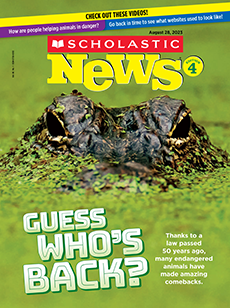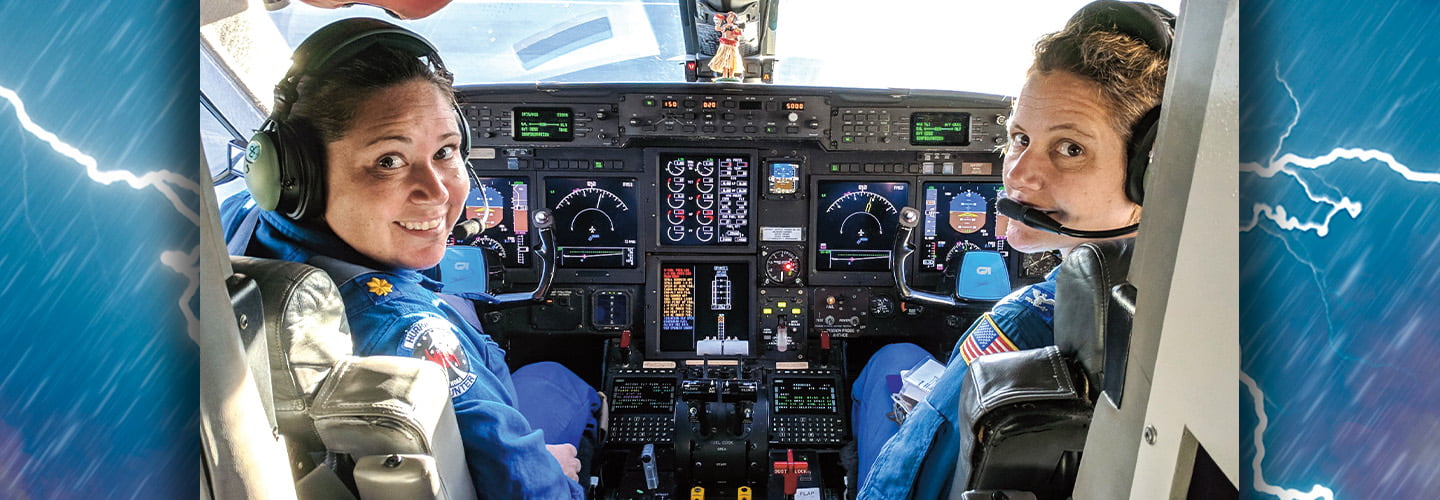Rebecca Waddington flew through the dark, stormy sky. Sudden bursts of wind shook the pilot’s small jet. It was September 2020. Waddington was flying over the Gulf of Mexico, off the west coast of Florida. This was one of the bumpiest flights of her life. The storm she was flying through would later become Hurricane Sally.
Most pilots try to avoid dangerous weather. But not Waddington. She is a hurricane hunter with the National Oceanic and Atmospheric Administration (NOAA). Waddington and her crew collect information about these deadly storms—and help keep people on the ground safe.
Rebecca Waddington flew through the dark, stormy sky. Sudden bursts of wind shook the pilot’s small jet. It was September 2020. Waddington was flying over the Gulf of Mexico. That’s off the west coast of Florida. This was one of the bumpiest flights of her life. The storm she was flying through would later become Hurricane Sally.
Most pilots try to avoid dangerous weather. But not Waddington. She is a hurricane hunter. She works with the National Oceanic and Atmospheric Administration (NOAA). Waddington and her crew collect information about these deadly storms. This helps keep people on the ground safe.

